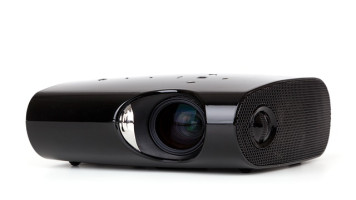Computer Cooling System
- Diposting pada 30 Desember 2023
- Hardware
- Oleh Mark Otto
- 99 Dilihat

The computer cooling system is one of the essential components in a computer. Its primary function is to regulate temperature and prevent overheating of computer devices. By maintaining a cooler temperature, the hardware can last longer. There are various types of computer cooling systems, including fans, heatsinks, liquid coolers, dry ice coolers, liquid nitrogen, and thermoelectric coolers (TEC). Below is an explanation of each of these five types of computer cooling systems:
- FAN
Fan are the most commonly found cooling system in computers, typically installed in the casing, processor, or graphics card (VGA). Their function depends on the airflow they generate; some fans are designed for air circulation, while others direct airflow towards the processor or VGA to prevent overheating. Fans come in various shapes, sizes, and prices, depending on the brand and functionality. - Heatsink
A Heatsink is a metal plate that absorbs heat and cools computer components. It is usually paired with a fan, creating a system where the fan circulates air over the heatsink, allowing the air to cool down as it comes into contact with the computer components. - Liquid Cooler
Liquid coolers can make integrated computer components up to 10% cooler, effectively managing heat production. This helps extend the lifespan of the computer hardware. One of the advantages of liquid coolers is their quiet operation, often running almost silently. - Dry Ice Cooler and Liquid Nitrogen
This cooling system involves direct contact between the computer components and a copper tube filled with dry ice or liquid nitrogen. It is typically used for overclocking, allowing for extremely low temperatures. Overclocking can generate excessive heat as components are pushed to their maximum capabilities. To prevent condensation from the cooling process, all components are coated with thermal paste, and heat insulators are placed around the tubes. - TEC (Thermoelectric Cooler)
This cooling method works by passing an electric current through one side of a metal, creating a cold side and a hot side. TEC systems can achieve cooling that goes below the freezing point of water.
In conclusion, it's important to choose a cooling system that fits your computing activities. For everyday users, a fan and heatsink may suffice. If you regularly play demanding games, a liquid cooler might be more appropriate. For those interested in overclocking competitions, using liquid nitrogen or a dry ice cooler is recommended.





Tulis Tanggapan